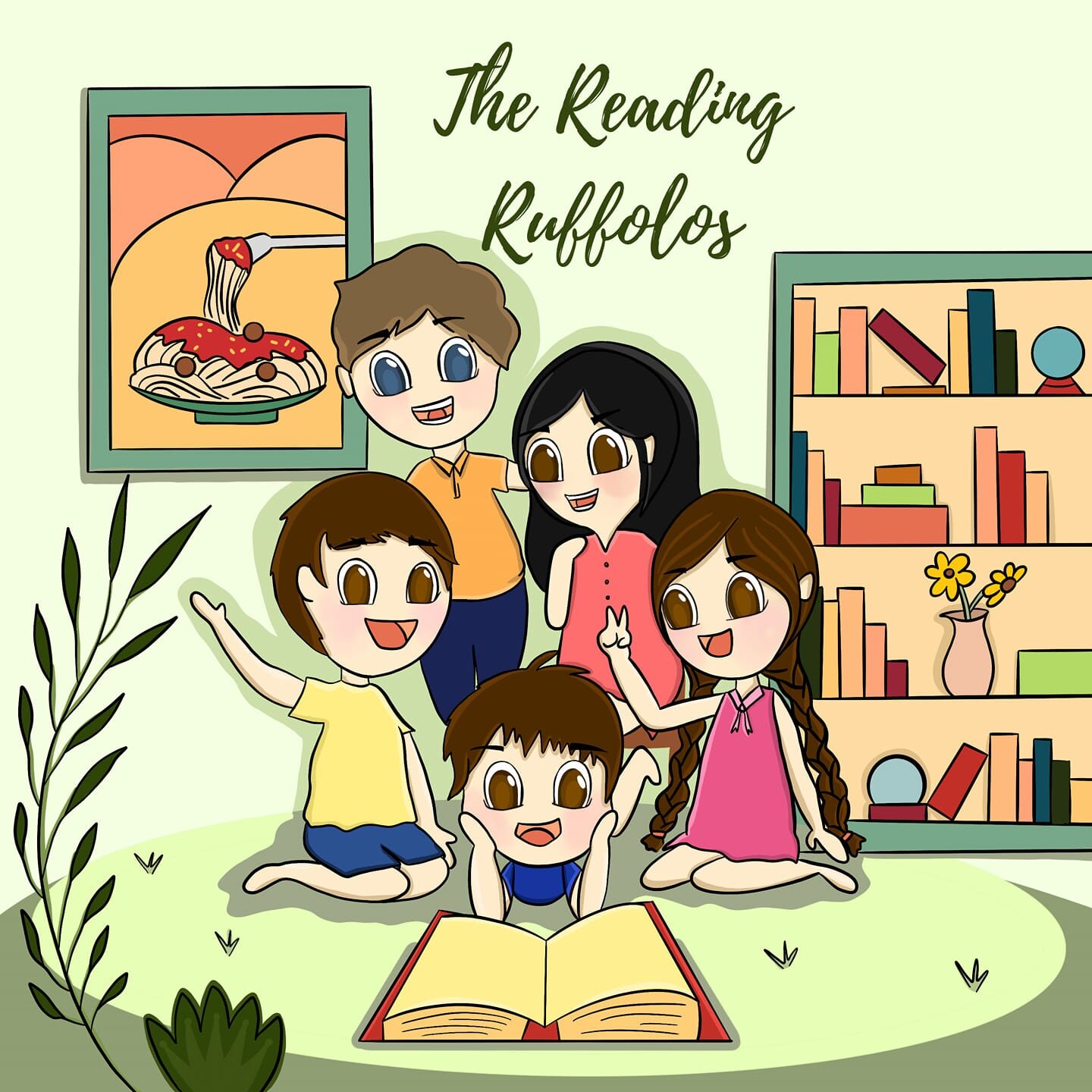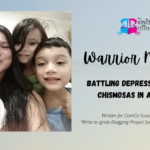I write about my life as a woman (wife, mother, learner) twice a month in Cebu Daily News’ Opinion Section. This article was published on October 1, 2016. Click here for the link to CDN’s week.

If history were taught in the form of stories, it would never be forgotten,” wrote the English journalist and The Jungle Book author, Rudyard Kipling.
Kipling’s words were swimming in my brain as I temporarily resigned from being my twin children’s teacher one evening after endless hours of convincing them to “study your letter-sound correspondence and the sizes of objects because you have a written exam tomorrow.”
Nicholas and Antoinette are only three years old, and in my experience in dealing with children of this age, giving out written exams seldom works.
I could argue with the teacher about the form of evaluation she has adapted to measure her pupils’ learning success, but I told myself that that argument can wait for another year.
So instead of banging my head against the newly painted wall of our little Lilo-an home we had lovingly called Casa Ruffolo Uno, I decided to find refuge in a storybook that I discovered at a bookstore after attending a rally against the burial of former president Ferdinand Marcos at the Libingan ng mga Bayani.
The book is entitled “Isang Harding Papel.”
Written by Augie Rivera and illustrated by Rommel Joson, the book narrates the gripping story of a little girl named Jenny and how she coped when her mother was incarcerated during the Martial Law period.
The book is an emotional read, and it makes you ask a lot of “whys.” It is probably the only children’s storybook that presents Martial Law from a child’s perspective.
Before buying this book, I was standing (and then squatting) at Plaza Independencia with my very good friend, Lis Baumgart, listening to stories and sharings from Martial Law survivors on why it is a moral imperative that we, Filipinos, oppose the burial of a dictator in a hero’s graveyard.
Lawyer Democrito Barcenas vividly remembers the time when he was told to report to authorities to “answer some questions.”
The next thing he knew, he was in jail.
Then there was the back-to-back talks of couple Loy and Rudy Alix, active members of the Movement for Livable Cebu, who shared about the death threats and intimidating directed at them and their two daughters.
I had a terrible headache after attending the rally as I was trying to think of ways on how I can share these stories to my children without scaring them.
They are, after all, only three years old. Plus, I have a one-year-old cutie pie who only cries when he is hungry and sleepy. How can I be so cruel and subject them to stories of atrocities? What is Martial Law to their young minds anyway?
Picking age-appropriate storybooks is an important practice we observe in our home, so I had to be extra cautious.
I found “Isang Harding Papel” at a bookstore while I was searching for storybooks on the subject of Martial Law.
The message is too heavy for my children’s age.
But I bought it anyway as I made a mental note that I will read this among older children, perhaps nine to 12 years old, in a series of storytelling sessions to be held somewhere in Cebu.
Two weeks ago, the book “O Susana: Untold Stories of Martial Law in Davao” was launched in my alma mater, the University of the Philippines Cebu College, in an audience composed of students, professors, Martial Law survivors and activists.
It was a very timely launch as it happened only a few days shy of the 44th anniversary of the Martial Law declaration on September 21, 1972.
Until I started working as a journalist in 2006, I did not know of anyone whose life was directly affected by Martial Law.
It was my job that brought me to people who shared their personal experiences of the atrocities they experienced during that dark period of this country’s history.
I found myself asking several questions including: If these were isolated cases or violence perpetuated only by a few, then why are there people all over the country sharing similar narratives?
I revert back to Rudyard Kipling’s note on the power of stories in making sure that history is remembered and I thought that I do not need to shock my children with “Isang Harding Papel,” no matter how much I love the book.
I have long started reading to them stories on love for country, stories that promote the values of respect and compassion, stories on the effects of bullying.
These stories shall serve as their foundation as I share the message that you don’t do anything for your own personal gains if you truly love your country.
Perhaps, as they grow older, I can write child-friendly books of the stories I learned from news sources, friends, acquaintances in the same way I wrote storybooks on colors, modes of transportation and shapes for them to better grasp these concepts.
One of my editors, Connie Fernandez, told me that in the course of my career as a journalist, I should never forget to find “the heart of the story” because it is the wheel that drives the story.
There are heart stories in every Martial Law survivor and I intend to be one of those storytellers who continues to share their stories so that the millennials will hopefully realize that the visual image they have of a pink and rosy Martial Law era never happened.
I hate to be that kind of Filipino parent who sets aside this part of the nation’s collective story.




